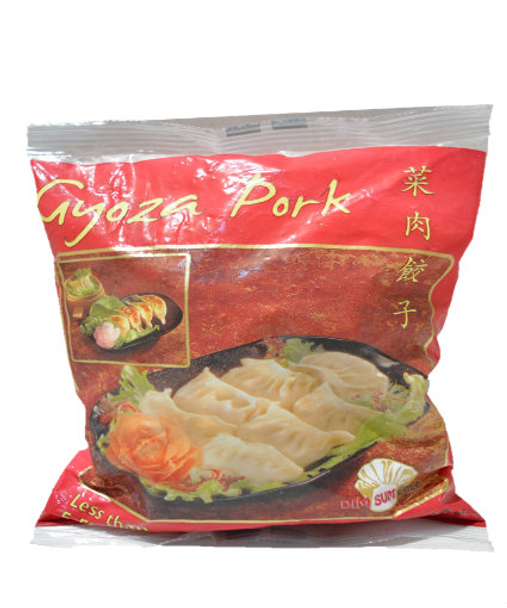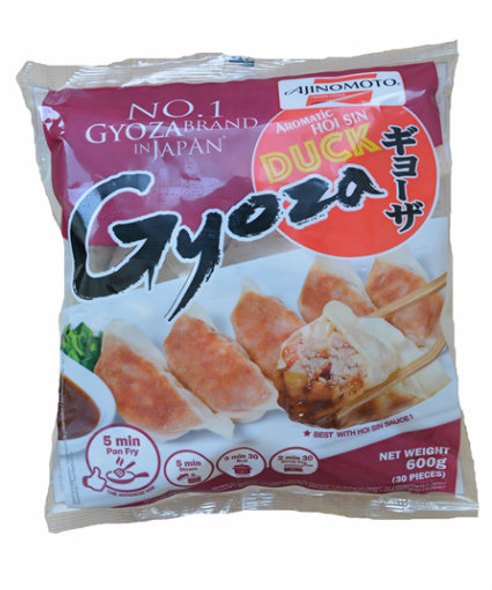Description
The Japanese word Gyōza (ギョーザ, ギョウザ) was derived from the reading of 餃子 in the Shandong Chinese dialect (giaozi) and is written using the same
Chinese characters pronounced with Japanese sounds. The selection of characters indicates that the word is of non-Japanese origin.
The most prominent differences of Japanese-style gyōza from Chinese style jiaozi are the rich garlic flavour, which is less noticeable in the Chinese version, and the fact that Japanese gyōza are very lightly flavored with salt, soy, and that the gyōza wrappers are much thinner. Of course, jiaozi vary greatly across regions even within China, so these differences are not always substantial.
They are usually served with soy-based tare sauce seasoned with rice vinegar and/or Rāyu (known as chili oil in English, làyóu (辣油) in China). The most common recipe found is a mixture of minced pork, cabbage, and Nira (Chinese chives), and sesame oil, and/or garlic, and/or ginger, which is then wrapped into thinly rolled dough skins. In essence, gyōza are similar in shape to pierogi.












